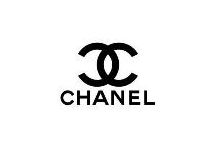
The 110-year old couture house has lost a trademark infringement case it brought against a Chinese jewelry store that was selling goods brandishing a similar logo to the iconic Chanel double "C" logo.
The Chinese court held that the jewelry shop owner did not infringe Chanel's trademark rights for the following reasons. For one, the double "C" that formed the shape of the pieces of jewelry sold at the jewelry shop did not act as a trademark - despite Chanel's exclusive rights to use of its registered trademark for the double "C" pattern. The court also held that the shop owner did not mislead buyers into thinking that they were purchasing Chanel products. In fact, the court stated that the ordinary consumer with a general level of understanding would not deem that they were purchasing Chanel products.
The decision of the court has aroused widespread concern in the industry. The court's decision seems to deny the possibility of transforming a 2-D trademark (i.e. Chanel's registered trademark for the double "C" pattern) into a 3-D product as a type of trademark infringement.
The good news for Canadian brand owners is that there were sweeping changes to our trademark laws that came into effect on June 17, 2019. As part of those changes, the definition of a trademark was expanded to cover anything that functions as an indicator of source, including 3-D shapes. We can help you in maximizing your brand protection.
The content of this article is intended to provide a general guide to the subject matter. Specialist advice should be sought about your specific circumstances.

